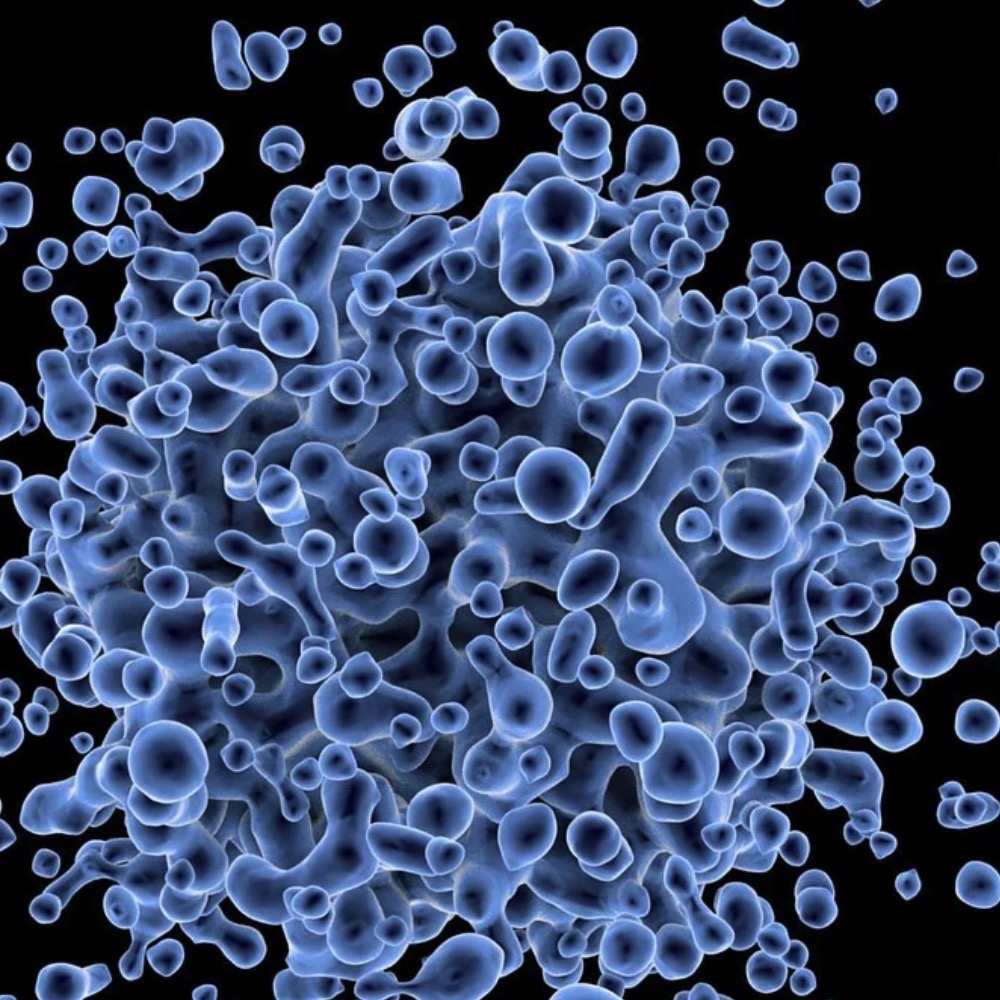Clinical features and genetic biomarkers associated with different phenotypes of systemic lupus erythematosus in Paraguayan patients

All claims expressed in this article are solely those of the authors and do not necessarily represent those of their affiliated organizations, or those of the publisher, the editors and the reviewers. Any product that may be evaluated in this article or claim that may be made by its manufacturer is not guaranteed or endorsed by the publisher.
Authors
Systemic lupus erythematosus (SLE) is a complex autoimmune disease characterized by a heterogeneous clinical picture that makes the diagnosis and follow-up of these patients difficult. This study aimed to identify correlations between clinical, immunological, and genetic biomarkers and clinical manifestations in SLE. A retrospective study of data from medical records and immunological and genetic studies of SLE patients in Paraguay was carried out. A descriptive analysis was performed based on the type of variable. Human leukocyte antigen (HLA) allele frequencies (DPA1, DPB1, DQA1, DQB1, and DRB1) were calculated, and univariate logistic regression analyses were performed between each of the explanatory variables and the presence or absence of each phenotype. Odds ratios, 95% confidence intervals, and p values were recorded. Associations with p<0.05 were considered statistically significant. 104 SLE patients were included: 86% were female, with a mean age of 32.80±10.36 years. An association was identified between anti-double stranded DNA (anti-dsDNA) and the presence of the renal phenotype and between anti-dsDNA and the absence of the joint and hematological phenotypes. Immunoglobulin M isotype rheumatoid factor was associated with the absence of a renal phenotype. HLA-DQB1*02:02 and HLA-DRB1*07:01 were associated with the cutaneous phenotype. An association was identified between age at disease onset over 30 years and the presence of the joint phenotype. No other associations were identified. Potential clinical, immunological, and genetic biomarkers of phenotypes have been identified in SLE Paraguayan patients.
Supporting Agencies
National Council for Science and Technology (CONACyT) of Paraguay .How to Cite

This work is licensed under a Creative Commons Attribution-NonCommercial 4.0 International License.
PAGEPress has chosen to apply the Creative Commons Attribution NonCommercial 4.0 International License (CC BY-NC 4.0) to all manuscripts to be published.











